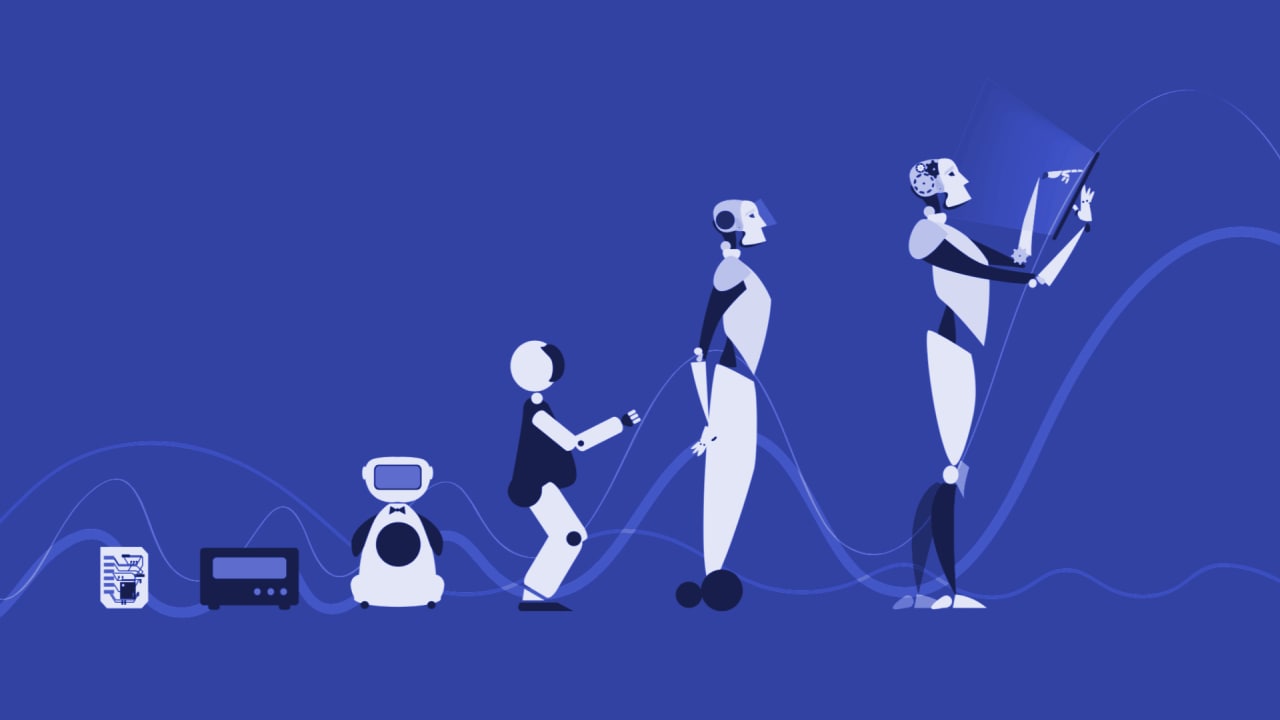
Digital audio formats have come a long way since their inception in the 1970s. With the advent of new technology and the ever-increasing demand for better sound quality, digital audio formats have evolved to meet the needs of both music producers and consumers. In this article, we will take a look at the evolution of digital audio formats, from the early days of PCM and ADPCM to the high-resolution audio formats of today.
Early Digital Audio Formats
The first digital audio formats were developed in the 1970s and were based on the Pulse Code Modulation (PCM) technique. This technique involves taking a continuous analog signal, such as a sound wave, and converting it into a discrete digital signal.
This digital signal can then be stored on a computer or other digital storage device. The first digital audio formats were limited in their ability to store and transmit high-quality audio. They also required large amounts of storage space, making them impractical for many applications.
One of the first digital audio formats to gain popularity was Adaptive Differential Pulse Code Modulation (ADPCM). ADPCM was a compression technique that allowed for more efficient storage and transmission of digital audio.
This format was commonly used in the early days of CD-ROMs and other digital storage devices. ADPCM was an important step forward in the evolution of digital audio formats, but it still had its limitations.
Compression Formats
The next major step in the evolution of digital audio formats came with the development of compression formats. Compression formats, such as MP3 and AAC, allowed for more efficient storage and transmission of digital audio. These formats use complex algorithms to remove redundant or unnecessary information from the digital audio signal, resulting in smaller file sizes.
MP3, which stands for MPEG-1 Audio Layer 3, was one of the first widely used compression formats. It quickly became the de facto standard for digital music, allowing for the easy storage and transmission of music files over the internet. MP3 was able to achieve high levels of compression while still maintaining good sound quality. This made it possible to store large music collections on a computer or portable device.
AAC, or Advanced Audio Coding, is a newer compression format that was developed as a successor to MP3. AAC offers even higher levels of compression than MP3, resulting in smaller file sizes and better sound quality. AAC is now the standard format for digital music on platforms such as iTunes and YouTube.
Lossless Formats
As the demand for better sound quality increased, the next step in the evolution of digital audio formats was the development of lossless formats. Lossless formats, such as FLAC and ALAC, allow for the storage of high-quality digital audio without any loss of information. This means that the digital audio signal is an exact replica of the original analog signal.
FLAC, or Free Lossless Audio Codec, is an open-source format that is popular among audiophiles. FLAC files are typically much larger than MP3 or AAC files, but they offer the best possible sound quality. ALAC, or Apple Lossless Audio Codec, is a similar format developed by Apple. It is the default format for storing music in Apple’s iTunes library.
High-Resolution Audio Formats
In recent years, there has been a growing demand for even higher sound quality. To meet this demand, high-resolution audio formats have been developed. High-resolution audio formats, such as DSD and PCM, offer significantly higher sound quality than traditional formats.
Direct Stream Digital, is a format that uses a high sampling rate to capture more information from the original analog signal. Those files typically have a sampling rate of 2.8 MHz or higher, which is significantly higher than traditional formats such as CD-quality audio, which has a sampling rate of 44.1 kHz. This results in a much more detailed and accurate representation of the original analog signal.
Streaming Formats
The rise of streaming music services, such as Spotify and Tidal, has also had a significant impact on the evolution of digital audio formats. Streaming formats are designed to optimize the streaming experience for the user, providing high-quality audio in a format that is easy to stream over the internet.
Spotify, for example, uses the Ogg Vorbis format for streaming music. This format is designed for streaming and offers a good balance between sound quality and file size. Tidal, on the other hand, uses the FLAC format for streaming music. This format offers the best possible sound quality, but it requires a faster internet connection to stream.
Conclusion:
The evolution of digital audio formats has been a continuous process of improvement and innovation. From the early days of PCM and ADPCM to the high-resolution audio formats of today, digital audio formats have come a long way in terms of sound quality and file size.
Streaming formats have also changed the way we consume music, making it easier than ever to listen to high-quality audio on the go. The future of digital audio formats looks promising, with new technologies such as Artificial Intelligence and machine learning being used to improve the sound quality of digital audio even further.